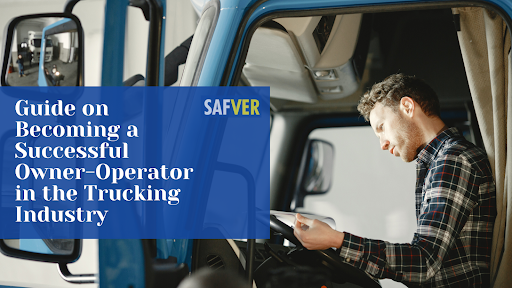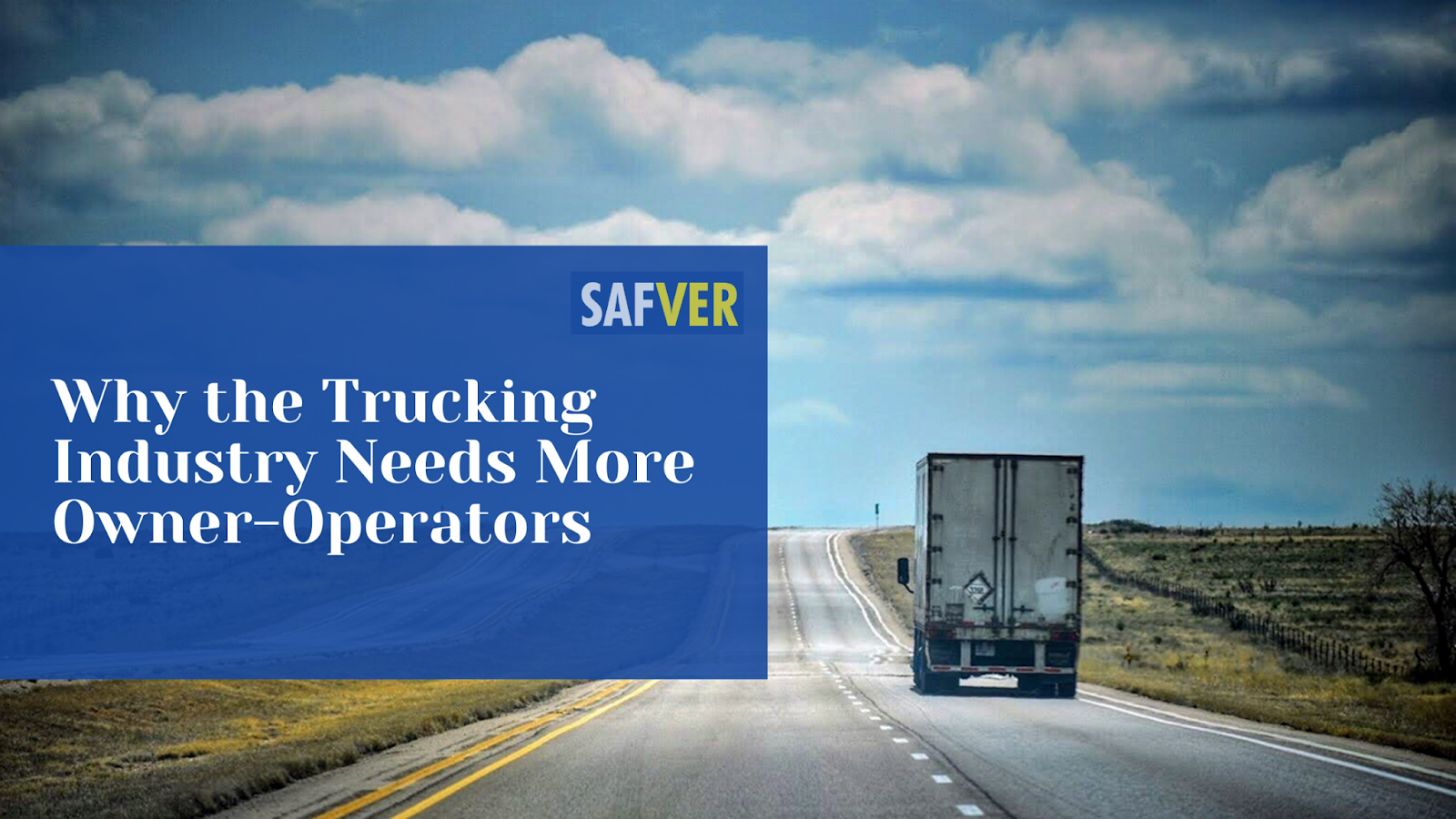The transport industry is essential to Australia’s economic and social success, and it is crucial that it attracts and retains a diverse and skilled workforce. Addressing the lack of diversity in the industry is not only the right thing to do but is also essential for the industry’s continued growth and success.
“Women bring a unique perspective to the issues facing a modernizing global transportation system. When women are given an equal opportunity to succeed in transportation careers, they unlock new pathways for growth and profitability.” Susan Kurland, U.S. Assistant Secretary of Aviation, and International Affairs said, at the OECD International Transport Forum 2019.
Australia’s transport industry is a vital part of the country’s economy - it employs over half a million people and contributes billions of dollars to the GDP. However, the industry is facing a significant challenge - a lack of diversity and an aging workforce. This is not only an issue of equality but also is a major concern for the industry’s capability and growth. Women make up 50% of the potential talent pool, but they face barriers that prevent them from entering and thriving in the transport industry.
For many years, the Australian transport industry has been predominantly male. The National Transport Commission reports that the transport sector in Australia ranks as the third most male-dominated sector in terms of employment, following construction and mining. Women constitute approximately 27.4% of the transport workforce and the proportion of women as CEOs in the transport sector is a mere 4.5%, which is significantly lower than the national average of 20%. Furthermore, the gender pay gap in the transport industry is higher than the national average, with a gap of 15.9% compared to 13.9%.
Despite progress in recent years, women are still underrepresented in operational roles within the transport sector. There are many reasons for this, including ingrained gender stereotypes, structural barriers, and safety concerns in remote areas.
A step in the right direction
The inaugural Women in Transport forum held in March 2021 was a positive step towards identifying and addressing the barriers that prevent women from entering operational roles in the transport sector. The agreement by infrastructure and transport ministers to undertake a stocktake of initiatives that support women in the transport sector is an encouraging sign.
The National Women in Transport aims to showcase, support, and increase the number of women working in the transport industry in Australia. One of the ways the organization plans to achieve this is through its Speaker Bureau. The initiative is a result of the Women In Transport Initiative, which was agreed upon by Australia's infrastructure and transport ministers during the Infrastructure and Transport Ministers' Meeting (ITMM) in May 2021. The Australian Government and Infrastructure Australia support the initiative, which is coordinated by the National Transport Commission. The organization seeks to establish partnerships and collaborate to create a culture change and combat transport worker stereotypes.
The International Transport Forum (ITF), with support from the FIA Foundation, published a report in 2022 warning that the transport sector's efforts to achieve net zero carbon targets are being hindered by a lack of gender diversity in its workforce and leadership. The report explores the connections between gender equality, transport, and climate change in order to identify policies that can achieve both gender equality and decarbonization of transport by 2050. It suggests that adopting a uniform strategy to integrate a gender perspective into policies aimed at decarbonizing transport for users and promoting gender balance in the transport workforce could have a significant impact.
Major challenges
-
Stereotypes
One of the major challenges is the deeply embedded cultural and family structures that create stereotypes and biases around gender roles. These stereotypes affect workplace environments and can be unwelcoming or hostile to women, leading to a lack of diversity in the workforce. Women face structural barriers within organizations, such as working conditions, hiring practices, and promotional policies that follow the traditional way of doing things. There is also a reputation for the transport industry as a "boys club," which is a deterrent for many women.
-
Leadership
Access to leadership opportunities and salary levels are also key systemic issues impacting on numbers of women in the transport industry. The WGEA requires non-public sector employers with 100 or more employees to submit a report, and they work collaboratively with employers to improve their gender performance. Leadership and salary levels are identified as critical to recruitment initiatives and career progression.
-
Work Hours
Another key factor related to work-life balance is access to flexible work hours and policies supporting parental leave, which is important to both men and women. Employers who offer paid carer's leave for both men and women are more likely to attract and retain female employees.
Overall, the transport industry has made progress in supporting women in their transport careers, but there is still much work to be done. Initiatives such as diversity training, mentoring, networking opportunities, and inclusive professional development opportunities are critical in addressing the challenges and barriers that women face. Employers need to recognize the value of transferable skills and ensure that job positions and advertisements use gender-neutral language. By creating a more diverse and inclusive workforce, the transport industry can attract and retain talented women, contributing to its ongoing success and growth.
Combating lack of diversity
Occupational segregation is a significant issue when examining gender and the labor market. Men and women are unevenly distributed in terms of both the type and level of work they perform, with few women holding managerial roles and few working in technical or trade jobs. Currently, just 9.5% of machinery drivers and operators are female, a decrease from 12.1% in 1998.
To address these issues, there is a need for a comprehensive approach that encompasses awareness, education, and opportunity. The areas that are well-supported include industry awareness, mentoring, and networking opportunities. However, there are key gap areas that need attention, including diversity training for recruitment and managers, gender-neutral language in job positions and advertisements, and opportunities for skills development and work-life balance.
Initiatives such as internships, work placements, and shadowing opportunities can help increase awareness and provide women with the skills and experience necessary for operational roles. Additionally, inclusive professional development opportunities can help foster a diverse and inclusive culture within the industry.
Workplace safety and amenity is also a crucial aspect that needs to be addressed, including ensuring appropriate facilities for women. It is essential to acknowledge and address the specific challenges that women face in the transport industry, and ensure that they are given equal opportunities to contribute and succeed.
Key areas that will impact change
-
Awareness
To improve capacity building, knowledge management, and communication, stakeholders must raise awareness of the gender, transport, and climate change policy nexus. Gender-based analysis must be adopted when considering decarbonising transport policies, and governments must engage with all relevant stakeholders to lift the skills of the whole sector. A platform for knowledge sharing between ministries and stakeholder groups is necessary to achieve coordinated action across different policy areas.
-
Equality
To promote gender balance, participation, and women's leadership, diverse teams need to be promoted, and female stakeholders' views must be considered in initial problem definition and option design. Employers must ensure that they have the structures in place to attract diverse employees, including equal pay, parental leave policies, and appropriate workplace facilities.
-
Accountability
To monitor and report progress, evaluation, monitoring, and reporting systems for countries and companies must be established. Gender-disaggregated and gender-relevant indicators must be identified at the beginning of the project to ensure proper evaluation. Gender analysis tools can help guide policymakers and project makers to adopt a gender-wide approach to decarbonising transport policies.
How technology can bridge this diversity gap
The transport industry is experiencing a transformation due to the increasing use of technology. While some areas are benefiting from increased efficiency and productivity, other roles are becoming redundant, leading to a widening skills shortage. The industry is now seeking a different set of capabilities, including not only operational expertise but also a range of soft skills such as strategic thinking, innovation, high-level analytic and technological capabilities, people management, and leadership. However, finding individuals with this combination of skills and competencies is proving challenging.
On the positive side, technological advancements are opening up new opportunities for women in the industry. Many container ports, for instance, use gate control, optical character readers, GPS tracking devices, and computerized yard management systems, as well as advanced cargo-handling equipment like dual-hoist cranes, automated guided vehicles, and automated stacking cranes. In addition, innovations in trucking equipment, such as fleet software, automated trucks, and exoskeletons, are making driving safer and less physically demanding, addressing some of the concerns that women often have about driving trucks, such as personal safety, physical strength, and the fear of causing an accident or getting lost.
Learn how SAFVER can help you manage drivers and fleets here.




Leave a Reply